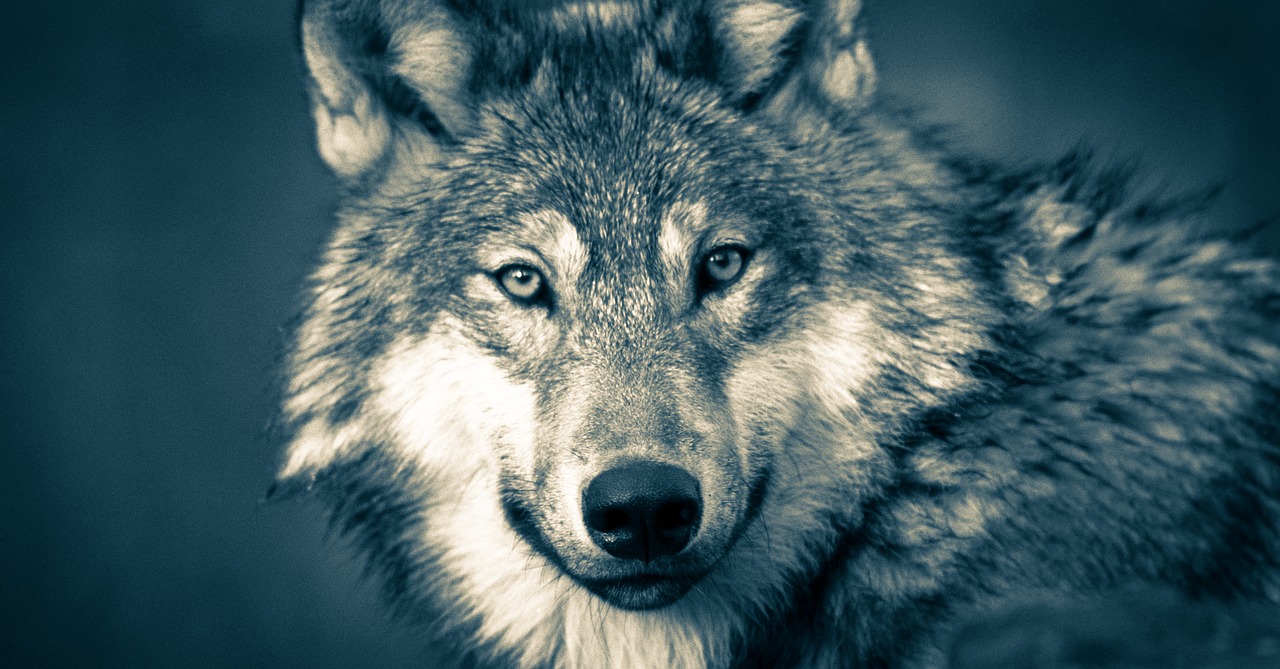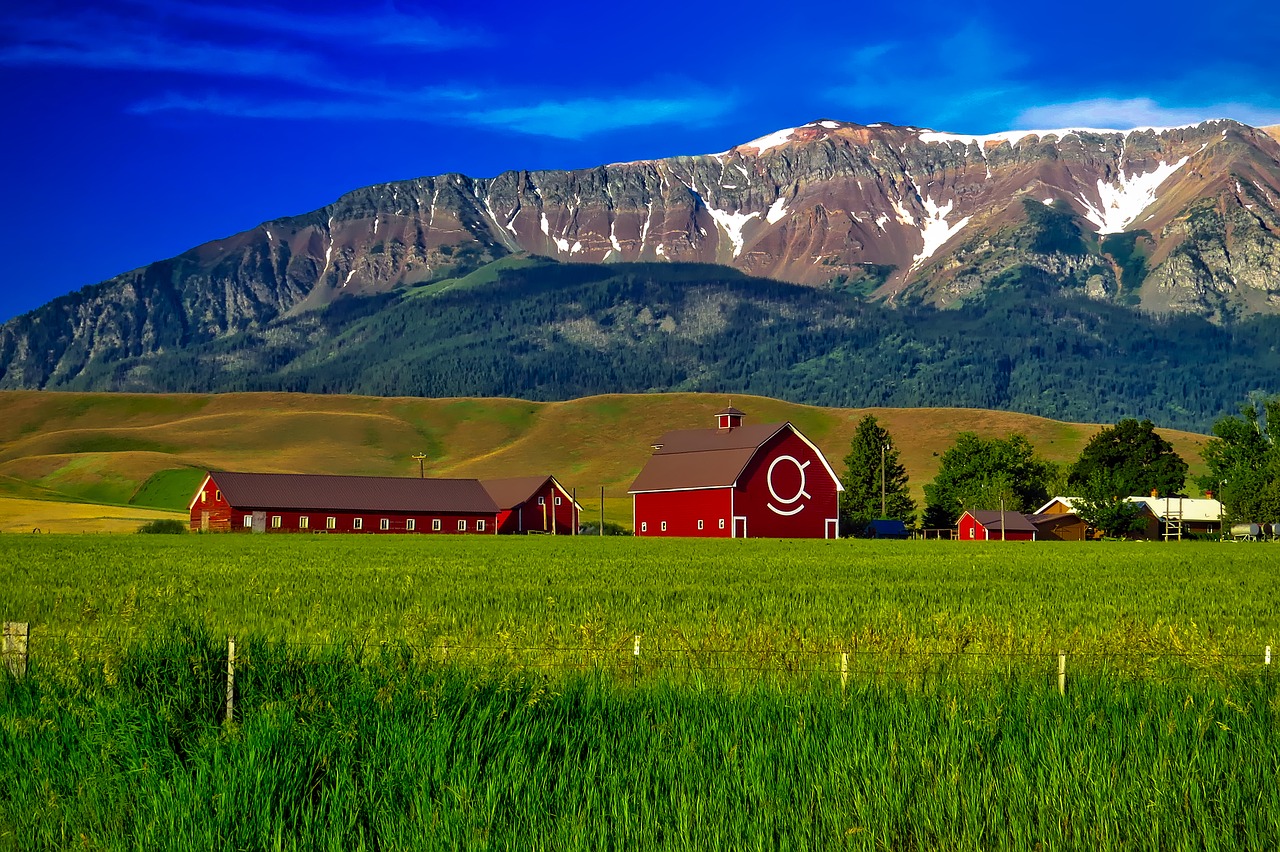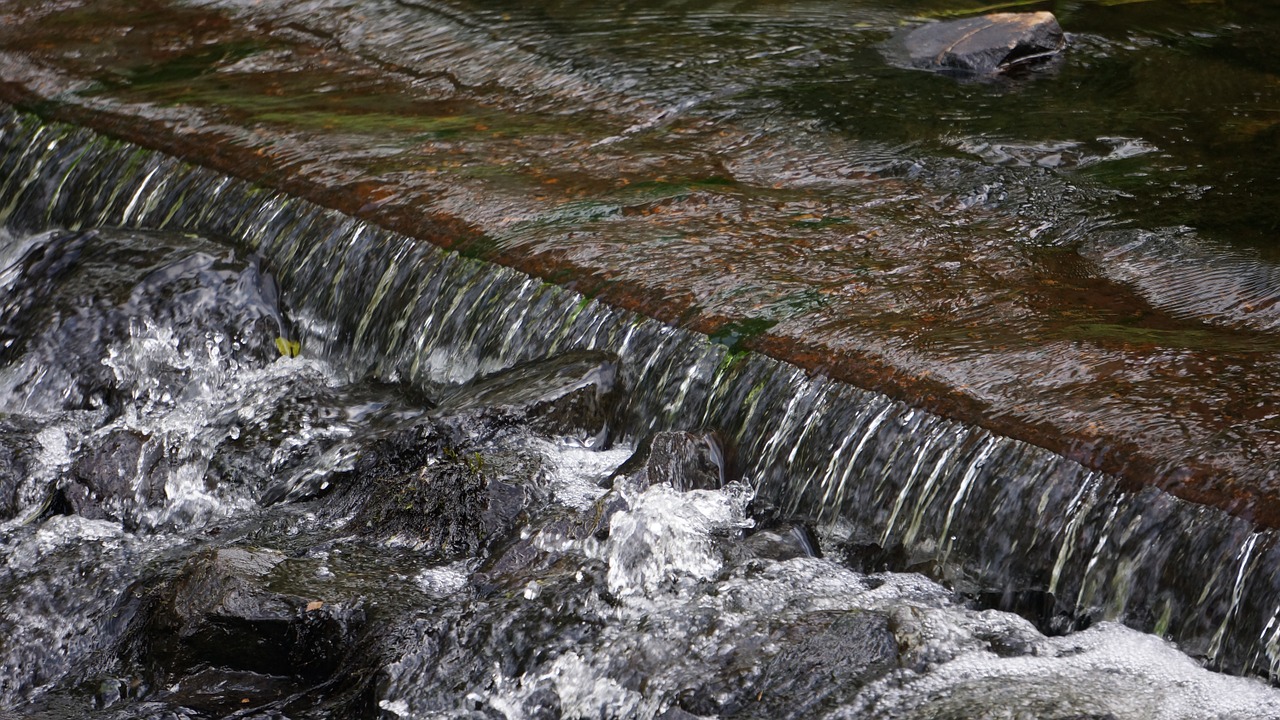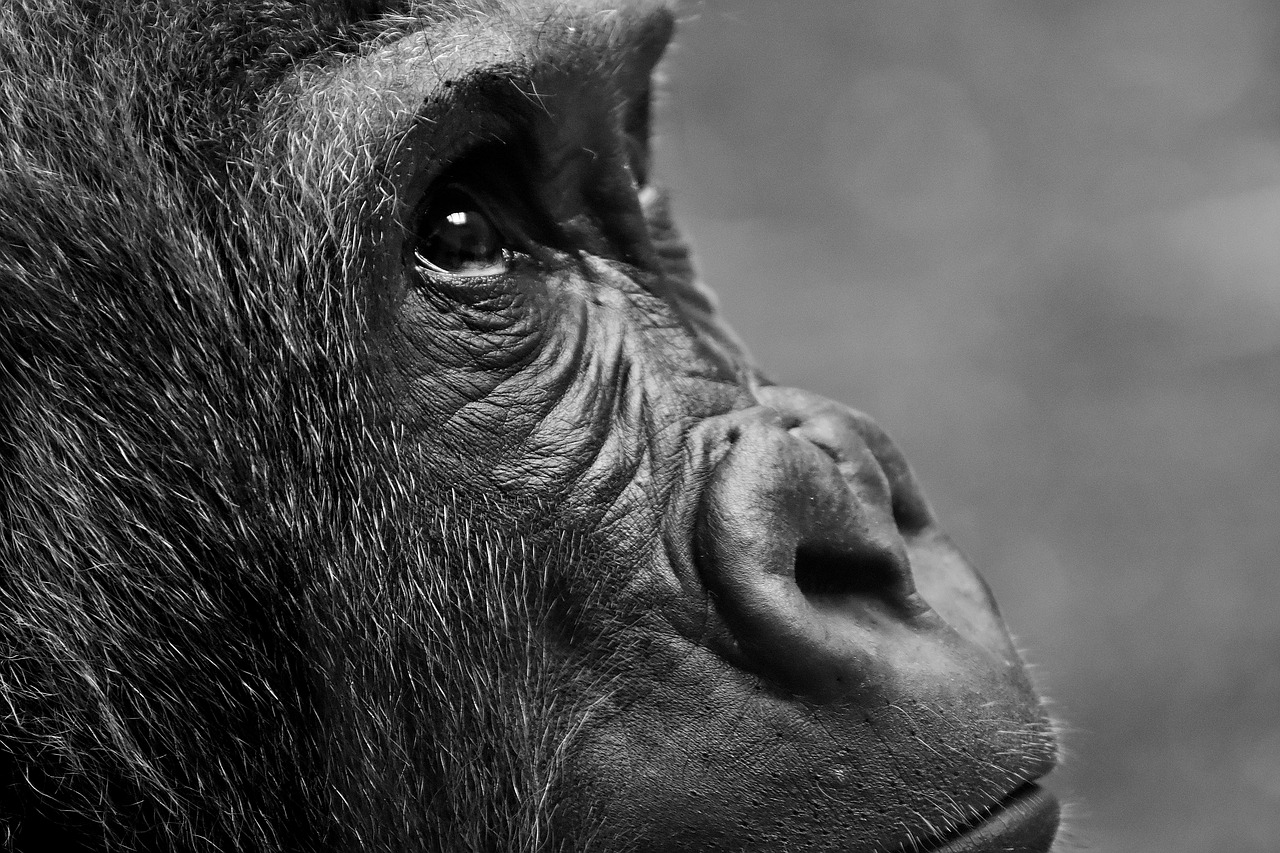
by LouiseGund | Mar 30, 2020 | Animals, Conservation, Environment, Legislation, Nature, Organizations, Programs, Wildlife
Trump administration officials announced in March 2019 that the U.S. Fish and Wildlife Service would consider whether to end the grey wolf’s status as a species receiving protection under the 1973 Endangered Species Act. By doing so, the administration would transfer...

by LouiseGund | Mar 24, 2020 | Conservation, Environment, Nature, Organizations, Programs
Earthjustice, one of the world’s leading environmental law organizations, has fought and won numerous cases on behalf of the earth, humans, and animals. Over the years, Earthjustice’s attorneys have defended a diverse range of clients that include the Standing Rock...

by LouiseGund | Mar 19, 2020 | Animals, Conservation, Nature, Organizations, Wildlife
Two of the world’s leading researchers into animal behavior, Jane Goodall and the late Dian Fossey, each offer an example of what a strong, determined, and dedicated woman can accomplish. Their work has changed the entire trajectory and landscape of their fields,...

by LouiseGund | Mar 13, 2020 | Conservation, Environment, Nature, Organizations, Programs, Wildlife
A founding member of the International Waterkeeper Alliance, San Francisco Baykeeper has worked for three decades to safeguard San Francisco Bay and its network of waterways from the threat of pollution. Baykeeper, the only nonprofit organization of its kind to...

by LouiseGund | Mar 5, 2020 | Conservation, Environment, History, Legislation, Nature
These days, when do Democrats and Republicans in government agree on anything? Apparently clean water is a relatively non-partisan issue. The nonprofit environmental legal aid group Earthjustice is celebrating a rare instance of bipartisanship with the passage...

by LouiseGund | Mar 2, 2020 | Animals, Conservation, Environment, Nature, Organizations, Wildlife
There are only two species of gorillas known to humankind, the eastern and the western gorilla. They live along Africa’s equatorial belt about 500 miles apart. Each of these two species consists of two subspecies, one inhabiting lowland areas and the other inhabiting...






